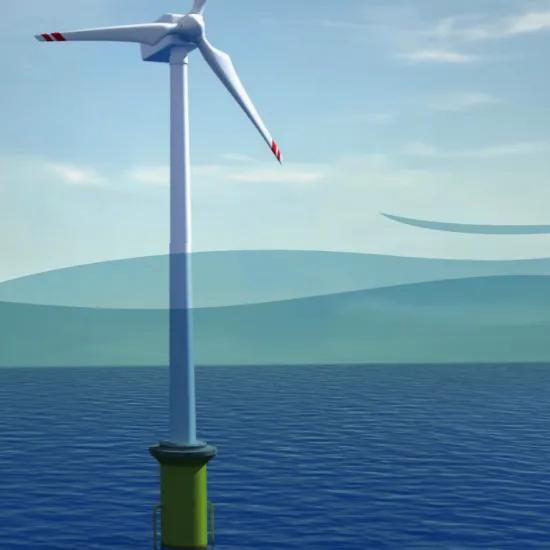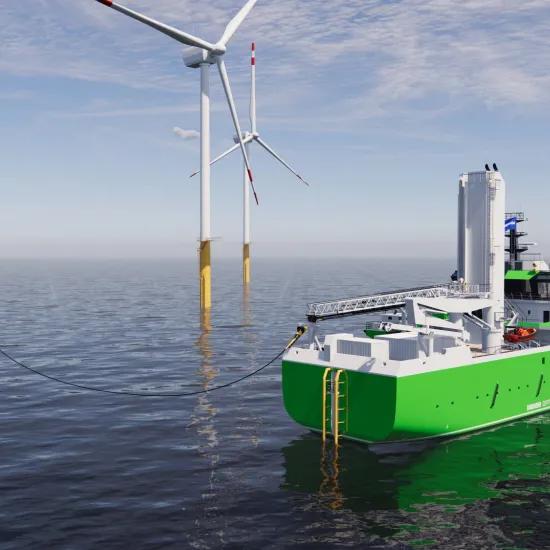Icing is a huge challenge for machines and other products in cold climates. Monitoring and testing the functionality and durability of parts is therefore essential to ensure product quality and safety. Sirris experts have built a new test setup, started several testing campaigns and a new testing methodology was developed.
Since the start of the NewSkin project in 2020, Sirris technicians have been working hard to improve the existing icing testing capabilities in the large-scale climate chamber by adding a large nozzle-spray array.
The movable icing array, consisting of 25 nozzles, is capable of producing ice over a total surface of 25 m², although for the tests only 12 nozzles were used, producing ice over a surface of 12,8 m². The setup allows companies to perform full scale component testing in cold temperatures in combination with simulated icing events. New inspection and detection systems, together with new anti-icing or de-icing systems can be evaluated and optimised during the simulated exposure to icy rain.
In the framework of the COOCK project Fighting Icing, Sirris experts are testing the state of ice detection systems and will evaluate anti-icing or de-icing solutions (i.e. coatings and laser textured surfaces) under atmospheric icing conditions.
A specially designed, tiltable sample table allows the evaluation of 60 samples in one individual icing test run and an automated PUSH-tester allows the measurement of ice adhesion strength on large samples (150 x 100 mm). This methodology is unique, since other measuring methods can only be performed on (very) small samples, mainly focusing on bulk water ice, often not consistent with real life conditions.
New testing methodology
A testing methodology was developed based on extensive validation testing, to ensure good reproducibility of the icing events and test procedures. During the trials, Sirris technicians have investigated the influence of many parameters, including:
- the climate chamber temperature
- spray water temperature
- spray water pressure
- spray duration and spraying intervals
- ice thickness
- ice curing time
- nozzle height above the samples
- relative position of samples under the array
- ice pusher speed
- …
Over 1,900 measurements have been conducted since the start of the framework of COOCK Fighting Icing and NewSkin programmes and the number is still increasing. A large batch size, in combination with optimised testing methods, allows the comparison of different anti-ice surfaces in a short testing period. Sirris is performing tests on 12 different types of ice-phobic coatings and laser structured surfaces in collaboration with several companies active in the field of wind energy, aviation, ...
Interested to see our setup or discuss your topic with our Sirris experts? Get in touch!





